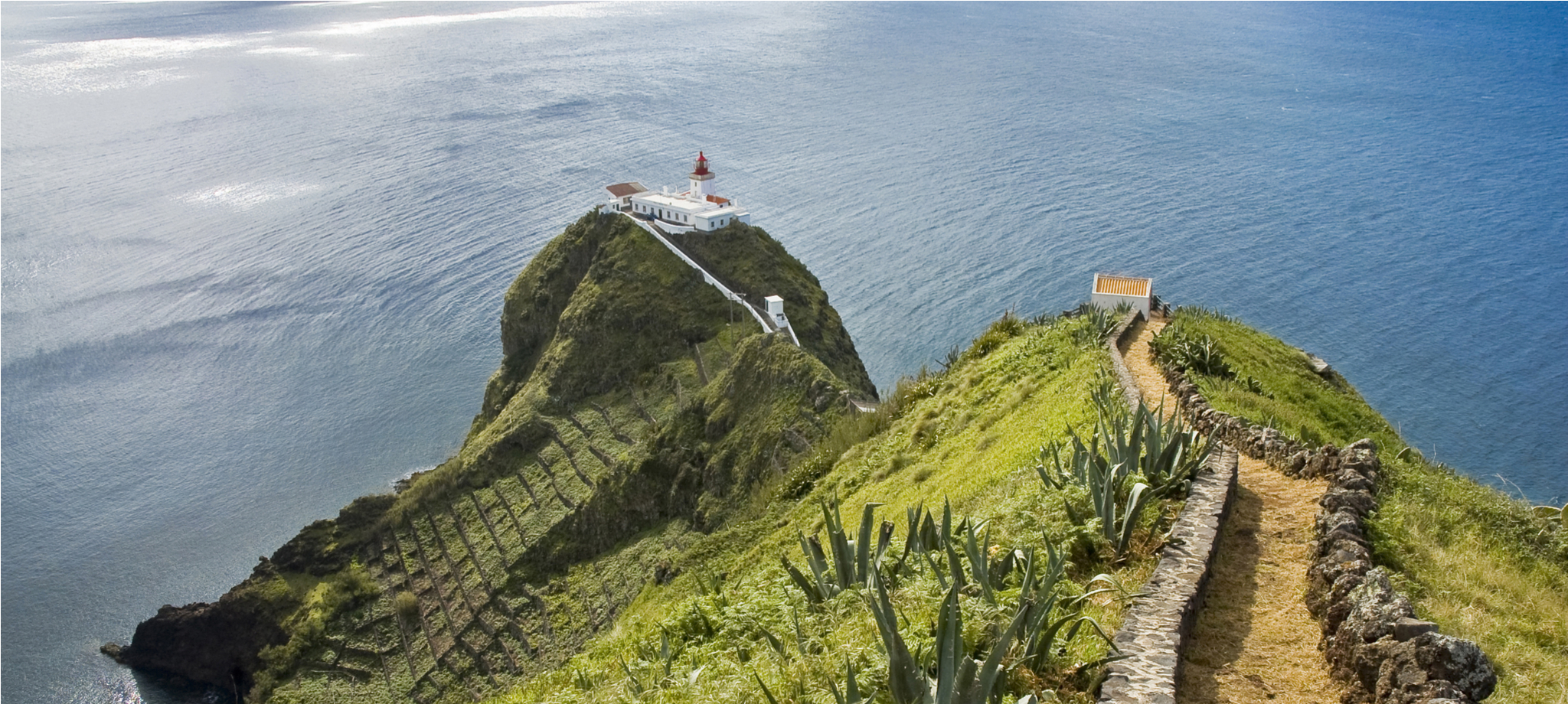Local products and handicrafts of Faial Island, Azores
The island’s artisans create a variety of unique and beautiful products that reflect the culture, history, and natural resources of Faial. From delicate embroidery to intricate woodwork, these crafts offer a glimpse into the island’s artistic heritage.
Traditional handicrafts of Faial
Straw embroidery on tulle
One of the most exquisite handicrafts from Faial is the fine straw embroidery on tulle. Skilled artisans weave straw into delicate patterns on tulle fabric, creating intricate designs that are both elegant and lightweight. These embroidered pieces are often used for decorative purposes, such as table linens and wall hangings, showcasing the artisans’ meticulous attention to detail.
Fish scale flowers
Another unique craft is the creation of flowers made from fish scales. Utilizing scales from local fish, artisans dye and shape them into beautiful floral arrangements. These delicate decorations capture the island’s connection to the sea and demonstrate the resourcefulness of Faial’s craftsmen and women.
Paper decorations
Cutting paper art is a traditional practice where artists create intricate designs by carefully cutting patterns into paper. These decorations are used for various purposes, including adorning towels and creating ornamental pieces. The craft requires precision and creativity, resulting in delicate and visually appealing items.
Artistic crochet lacework
Faial is also known for its artistic crochet lacework. This craft involves creating lace with characteristic motifs that exhibit delicate transparency. The intricate patterns are used in clothing, accessories, and home décor, reflecting the island’s aesthetic and cultural values.
Straw hats and accessories
The island produces straw hats renowned for their durability and style. Made from bright, firm straw, these hats can withstand years of sun and rain. The most iconic is the aristocratic top-hat, reminiscent of elegant fashions from bygone eras. Additionally, purses woven from straw with decorative cords and other wickerwork items are popular, combining practicality with traditional craftsmanship.
Discover more about Faial Island’s culture and traditions by exploring our tour packages. Experience firsthand the beauty and craftsmanship that make this island truly special.
Unique artistic traditions
Fig-tree wood miniatures
A distinctive art form on Faial is the creation of miniatures from fig-tree wood. Originating in the mid-19th century, possibly from the skilled hands of nuns in convents, this craft involves transforming fig-tree wood into delicate models. Artisans like Euclides Rosa mastered this art, producing intricate pieces such as miniature houses, windmills, flowers, animals, and ships. The wood is cut into thin, transparent strips and assembled with minimal glue, resulting in fragile yet captivating figures showcased in places like the Horta Museum.
The scrimshaw tradition
The scrimshaw tradition on Faial stems from its whaling past. Sailors brought the technique of engraving designs onto whale teeth and bones, often depicting ships, sea creatures, and scenes from maritime life. Although whaling has ceased, the art of scrimshaw continues. Contemporary artisans maintain this craft, using legal and sustainable materials to create pieces that honor the island’s nautical heritage.
The iconic “Capote e Capelo”
The “Capote e Capelo” is a traditional Azorean garment once commonly worn by women on Faial. This large cape and hood combination covered the figure, allowing only a glimpse of the face. The origins of this attire are debated; some believe it came from Flanders, while others think it’s an adaptation of 17th and 18th-century Portuguese fashion.
On Faial, the “Capote e Capelo” had a distinctive design, with a wedge-shaped hood extending over the shoulders. Made from heavy, durable electric-blue cloth, these garments were often passed down through generations. Though they fell out of use around the 1930s, they remain a symbol of the island’s cultural identity and can be seen in museums and cultural exhibits.
In addition to these beautiful products, there is much more to do and see on this magnificent island (and to eat with its delicious gastronomy!).
